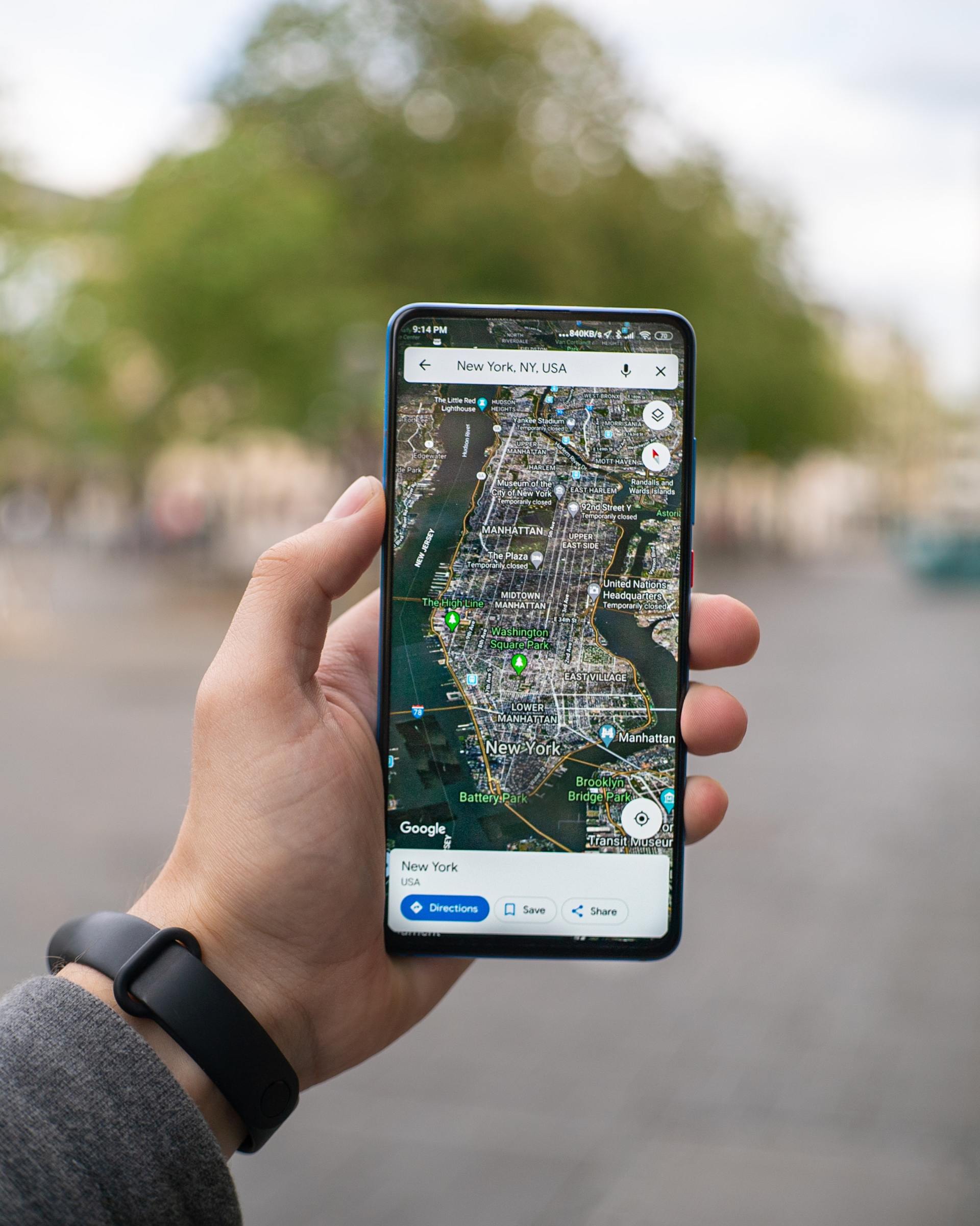How To Track Web Conversions
Conversion Tracking Made Simple
Google Ads are a great way to make your presence felt in the ocean of countless websites. Your creative and impactful ads attract users and draw them to your website. While this is great, how would you know if these ads have effectively converted users into active customers?
This is where website conversion tracking comes in. It allows you to keep track of whenever a user clicks anything on your website. It could be on a button such as 'Add to Cart' or a link. Such tracking involves plenty of algorithms.
While this may sound complicated, it is quite simple to use website conversion tracking. Read on to know more about it and how to set one up for your use.
What Does Website Conversion Tracking Do?
Conversion tracking is an efficient tool, vital for every business venture. You can easily track whether the traffic your ads brings in actively engages with your website. This engagement could be anything from signing up with newsletters to buying your products.
When customers perform the actions that you seek to be valuable, it becomes conversions. You can add many valuable actions at a time.
The Conversion Tracker will document each time a user performs one of the mentioned actions of value.
Why Should You Use A Conversion Tracker?
A conversion tracker is beneficial in identifying and documenting valuable actions. It also helps to know the exact impact of your ads.
Additionally, this information can be utilized to make necessary changes to your keywords and ad strategy to have maximum optimization. Website conversion tracking also gives you a better picture of the return on investment (ROI)
Moreover, a website conversion tracker is free and easy to set up.
What Does It Track?
A website conversion tracker keeps a tab on all actions that you deem valuable. To begin with, go to your Google Ads account and create a conversion action. Conversion action refers to the customer actions that are beneficial for your business.
Conversion Tracker is used to tracking the below-listed actions:
· Buying your products
· Contacting your company
· Signing up with newsletters
· Installing your app
· Filling surveys
How Does Website Conversion Tracking Work?
Interaction with ads includes both clicking on the text and watching the video included in your advertisement. Google Ads save cookies on such engagements. These cookies store information regarding the interactions with these ads.
Now, if any user converts using your website, a tag called 'conversion tracking tag' reads these cookies. This information goes to Google ads. However, be aware that at certain times, cookies are not accessible. This is because of the settings of different web browsers.
Does this mean you have lost the key customer interaction information? Do not worry, Conversion tracker has much more to offer if such things occur.
Things to Do Before You Start Setting Up
Make sure to follow these steps before you start your website conversion tracking:
· Create conversion actions in Google Ads profile.
· The website must be editable. This is because you or the web developer must add conversion tags to the code of your website.
· Select a conversion page among your web pages.
How to Set Up Website Conversion Tracking
This can be done through the following procedures:
Create A Conversion Action
1. Open your Google Ads account.
2. Go to the tools icon on the right corner. Click on Conversions. You will find this in the Management section.
3. Choose the website option in the plus button.
4. Fill in the essential details. This includes your account name, name of your website, URL, time zone, and industry.
5. Go to categories and choose which actions you wish to track—for example, sales, key page visits, leads.
6. Enter a name at 'Conversion name.' For example, E-mail signup or birthday cake purchase. This helps to easily track conversion actions.
7. Next, select a category. This helps to demarcate conversions as well as helps to keep identical ones together.
8. Choose how your values need to be tracked.
9. Go to ‘Count’ and choose the method of counting your conversions.
10. At 'Conversion Window,' choose which time conversions need to be tracked after clicking on the advertisement.
11. Check to include in 'Conversions.' This option adds the data of your conversion actions in the reporting section.
12. Finally, select create.
Your website conversion tracking is now successfully active.
Create Code Snippets
These code snippets are called global site tags and event snippets.
Global site snippets record the visitors of your website to your defined lists. It then places new cookies on your website, which collect visitor information. Make sure to Install this tag on all your web pages. You will, however, require only one global site tag for every Google Ads account you own.
Event snippets track all the user activities that lead to conversions. Make sure to install an event snippet on web pages that are likely to convert users into customers.
The global site tag remains the same for the entire conversion. A snippet, on the other hand, is associated with every conversion separately.
Now that you know what to install let's move on to how it is done.
Go to the section labeled 'Global Site Tag.' Now, choose the option which applies to you. For your first installation, copy this tag shown to you on every web page of yours.
Next, open the web page's HTML. Paste the tag between head tags. They look like this – (<head></head). The code will be used according to the way you wish to display the tag. The display can be a button, a text link, or an image of a button.
How to Ensure Accurate Website Conversion Tracking?
There are three methods to make sure you make the most of website conversion tracking. Choose the one which aligns with your business needs.
Make sure to first following these steps before using the recommended methods.
· Go to your Google Ads account and keep your auto-tagging on.
· Ensure that all your click-trackers of tracking URL pass the Goggle Click Identifier (GCLID) to your website.
· Make sure not to fire tags from iFrame.
Methods to ensure accurate website conversion tracking:
1. Google Ads Conversion Tracking Tag
To make sure that certain browser settings do not hamper your tracking, it is best to use the updated version of the Google Ads conversion tracking tag.
The tag creates cookies on your web domain. These cookies will then collect information on the ad clicks, which draw in users to your webpage. The Google Click Identifier parameters (GCLID) of your conversion tracking tag send this information to the cookies.
2. Google Tag Manager
This method does not require you to make any changes to the code of your website. Google Tag Manager can be used to get faster results.
All you need to do is install Google Tag Manager and add new tags.
A feature called Conversion Linker tag scouts the ad click information automatically. The information is then saved in new cookies at your web domain.
3. Google Analytics
Google Analytics creates its cookies. The GCLID gets stored in these cookies on your web domain. For this to work efficiently, make sure that you have correctly set your accounts as well as the required tags.
You also need to have your Google Analytics property linked to your active Google Ads account. This ensures that your website conversion tracking information is automatically recorded.
Keep in mind that Google Analytics cookies save only the information of the previous ad click. If you use many Google Ads accounts, make sure that you use 'cross-account conversion tracking.' Otherwise, there is a risk of low conversion rates.
How to Check Your Website Conversion Tracking Status?
There are many ways to make sure that your conversion tracker is effectively functioning. When in doubt, you could always try troubleshooting.
Firstly, log in to Google Ads accounts and go to the tools option. Now choose Conversions, which can be found in the 'Measurement section.' Select the one you wish to assess. You will find the status option next to it.
Upon opening the status, you will see a list of options. This list includes inactive, unverified, and recording. The status of your website conversion tracker will be clearly shown.
Privacy and Security Note
Website conversion tracking stores information to track conversion rates. Privacy and security of the information obtained are essential.
Google has strict policies when it comes to security. Data is only collected on websites on which you place conversion tags.
Do make sure that you keep your users well informed regarding the information you will be collecting. Make this clear and discreet. Get your user’s consent wherever it is legally necessary.
Summing Up
Website Conversion Tracking is thus made much easier with Conversion trackers. Now that you know how to use one go ahead and create your required conversion tags.
These effectively help you to expand your online presence. It also makes it easier to keep track of the impact of your Google Ads.
Need Help Tracking Your Website Conversions? Let Us Know








